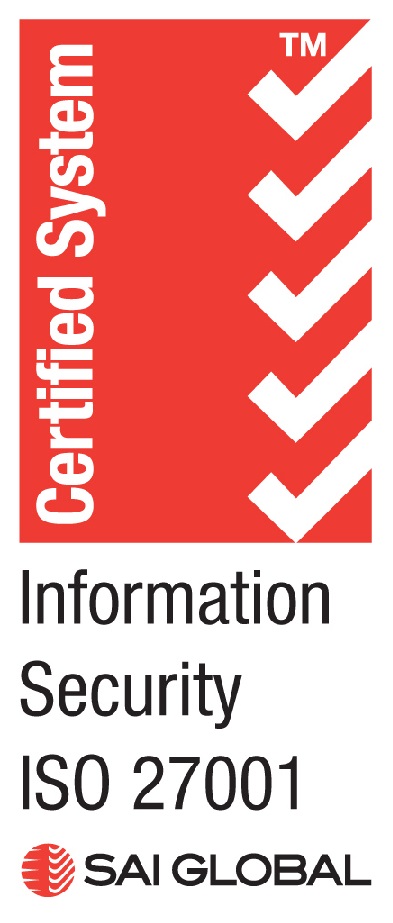With many of our clients in the not-for-profit sector, we sat down with our information security and Right Fit for Risk experts to discuss the ins and outs of this accreditation.
Here’s what Information Security Manager Pankit Mehta and our Right Fit for Risk Consultant had to say.
Many of our NFP clients have been impacted by the Department of Education, Skills and Employment’s (DESE) RFFR information security compliance regulations.
Navigating the process can be particularly intimidating. And understanding the core requirements and expectations of the department is key to ensuring a positive outcome.
At FUJIFILM CodeBlue we understand the potential impact this has on you as well as on the services we provide. Working together, in partnership, is the best way forward.
The ultimate objective for RFFR accreditation?
For employment service providers and deed holders to be tender ready by September 2021.
If you’re on the ISO 27001 path to accreditation you must consider DESE’s core requirements and expectations, as a standard ISO 27001 certificate may not be seen as meeting all requirements.
The three key milestones of Right Fit For Risk (RFFR)
Certification audits
ISO 27001 -2013 certification involves three official audits from recognised and JAS-ANZ accredited external certification bodies. Two relate to the official stage 1 and stage 2 audits performed by the same certification body.
You are required to engage a different certification body to perform an “Internal Audit” usually conducted prior to the stage 2 audit.
Get to know the experts
Have a moment? Check out the latest from our blog
Need more information?
Get in touch with us




